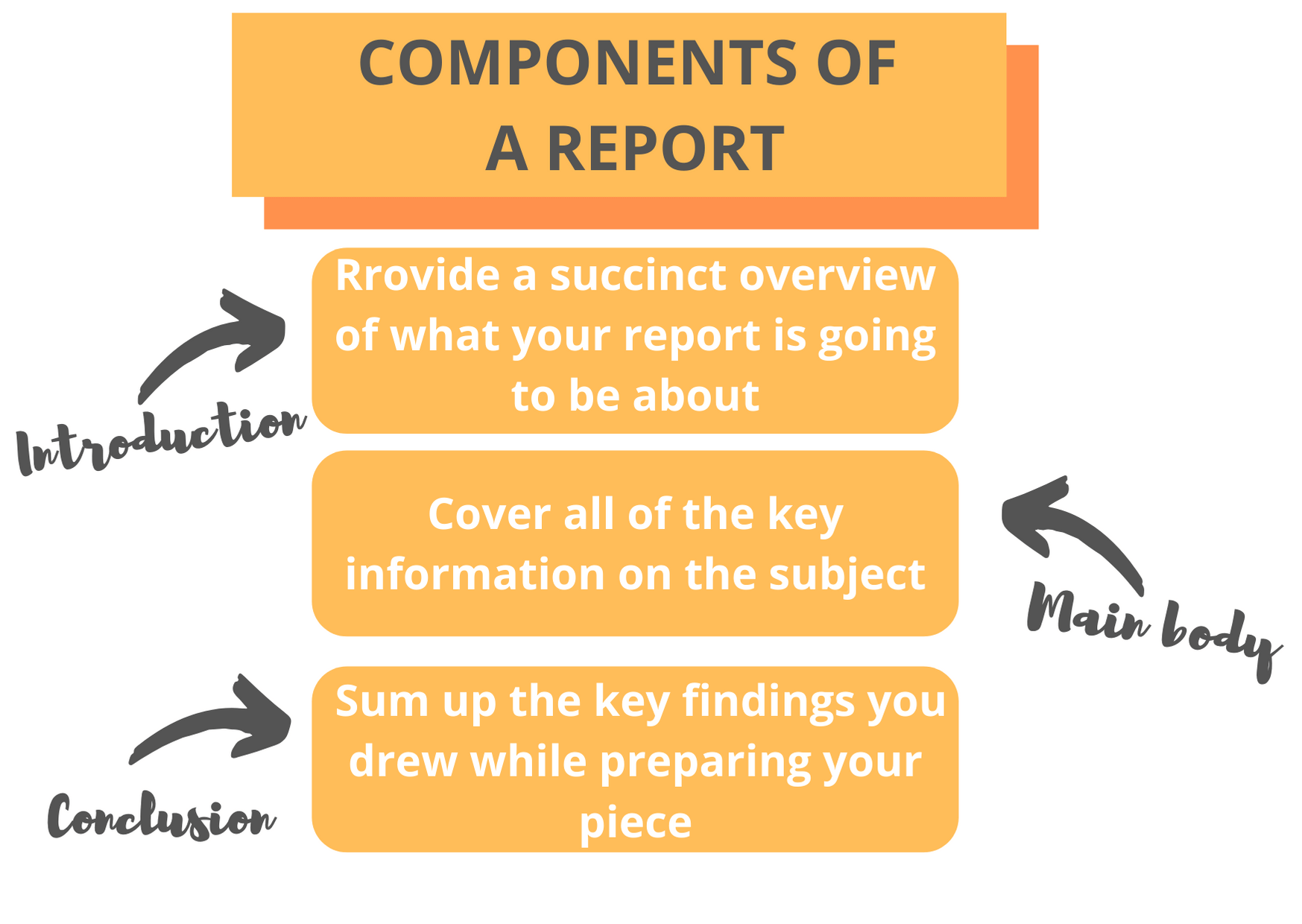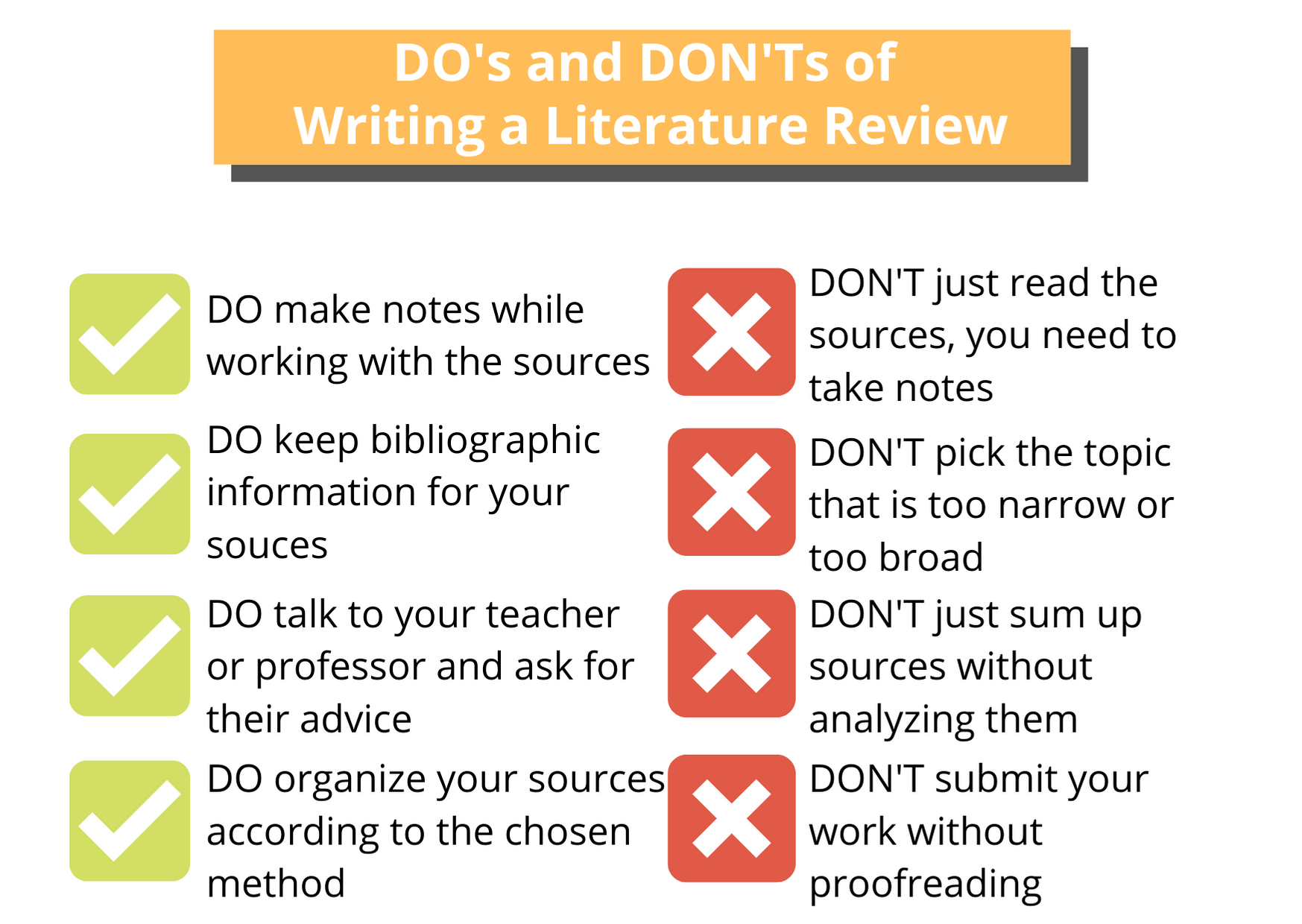How to Write a Literature Review
Writing Guide
If you are a graduate student or are working on an advanced degree, you will face a literature review at some point. Producing an effective review is often a key part of the work grad students, and doctoral candidates have to complete in conjunction with other parts of their studies. Since such work is often conducted early in an academic program, learning how to complete one correctly as soon as possible is important. While each academic program will have its own specific requirements for formal academic papers, this article provides a detailed overview of how to write such a piece.
What Is It?
A review is a detailed list or survey of scholarly sources that provides an effective overview of a particular subject or topic. These sources can include books, academic journal articles, theses, and dissertations. Such assignments are sometimes referred to as narrative reviews. While they can vary in scale and scope depending on their purpose, a good review aims to achieve the following:
- Provide analysis and interpretation of past scholarly work on a given subject.
- Demonstrate the current level of knowledge and comprehension of your topic, question, or hypothesis.
- Highlight trends or patterns in past research on a given topic or identify gaps.
- Create a summary list of authors and past work done on research or scholarly topic in order to help others garner greater knowledge.
When Do You Perform It?
During your academic career, there are many instances where you may be required to prepare a review. For example, when preparing a thesis or dissertation, you will prepare a review; doing so will help clarify where your particular research and subsequent thesis or dissertation is situated within academic work on your given topic. You may also have to prepare abbreviated reviews for individual papers you are required to write for a class. If you submit a scholarly article for publication in an academic journal, the publication may require a review as well. Finally, you may have to prepare standalone reviews for some classes in pursuit of an advanced degree, too.

Steps to Writing
Step 1. Collect Relevant Sources
Collecting the sources relevant to a subject is extremely important; if you are writing a thesis or dissertation, your review will give you a clear comprehension of the current state of knowledge on your chosen question. Searching and analyzing the current sources can also be a very time-consuming process as well. Be prepared to dedicate a significant amount of time searching for key literature relevant to the work you are doing.
There are many places to search for relevant information. One of the best places to begin your search is at your university’s library, in their online catalog system. Additionally, you can use various databases. For example:
- JSTOR. An authoritative digital library of academic journals, books, and other texts.
- Bielefeld Academic Search Engine (BASE). A powerful search engine for academic literature.
- Lexis Web. A search engine for law-related topics and inquiries.
- Scholar. Google’s own powerful search engines for scholarly texts and its own extensive digital library.
- PubMed Central. A great site that is specializing in studies related to the healthcare of science.
- EBSCO. Another powerful and comprehensive research database.
- EconLit. An excellent resource tool for topics related to economics.
- ResearchGate. A type of social networking site where scientists and academics share research.
- Inspec. A scientific and technical database for engineering and physics.
- Digital History. An authoritative database on American history.
reviewfor youBuy Literature Review
Read sources’ abstracts and summaries to evaluate the sources you find in your search; you will not have time to read every single text completely. You should assess whether or not the text is useful for your given study. Some questions you can ask yourself to determine whether or not the text should be included are:
- What does this text contribute to the field or subject?
- How does this text reflect your knowledge on the topic?
- What did this paper, article, or book conclude about the subject?
Tip: You should always check the sources, citations, and bibliographies of the works you are considering; you may find additional texts to include in your work!
Take detailed notes on the texts you are considering and consider making a bibliography to aid in managing all of the various articles, books, and papers. Doing so will aid you later on when you are trying to find a key reference or particular work to cite.
As you begin selecting sources, you should consult with your faculty advisor or thesis committee. Experienced academics will be able to help you assess the sources you’ve chosen, and also verify that the texts you are selecting are reliable and respected in your given field of study.
Step 2. Organize
If you kept good notes and began a bibliography since the very beginning, organizing your work should be a straightforward process. Some of the key things you can do to organize the texts you selected include:
- Grouping the works that draw the same conclusions
- Identifying any texts that are outliers, i.e., drew significantly different conclusions than the majority of other texts.
- Noting any work that is pivotal to the field, which the preponderance of other work on a given subject tends to cite.
- Highlighting any major gaps on a subject or noting any areas where additional study would help expand knowledge.
Tip: As you put your work together, attempt to define any major underlying themes which connect the work that has been done on your chosen field of study. Doing so can help lead you to a greater comprehension of the topic; it will also help you determine the best outline structure to use.

Step 3. Develop a Structure
Once you’ve organized all of your source texts, you will have to determine the best way to present them in the actual literature review. If you aim to write your work in an organized fashion, you will first need to establish an outline structure. Doing so will allow you to present the texts you are referencing in a logical manner. There are several ways to structure your piece; here are four structures you can consider:
- Viewpoints. Structuring the piece considering mainstream versus alternative or outlier conclusions.
- Themes. If research on a given subject has focused on certain areas, you could structure your work in a similar fashion; a review dealing with tax policy, for example, could be structured to note the studies of tax impacts on individuals, small businesses, corporations, and municipal governments.
- Chronological. Such pieces could also be structured in order to illustrate the research or studies that were conducted on a given topic over a period of time.
- Methodology. If research on a given topic was conducted using various instruments and methods, such as surveys, sampling, or other different types of study, you could structure your piece to note the different methodologies.
Tip. Prior to settling on an outline structure, consult with your thesis committee or faculty advisor. They may be able to give you some useful advice on structuring the document that makes it more logical and useful for anyone who references it.
Step 4. Write
Once you’ve selected all the material and organized it and determined your outline structure, you will be ready to write your text. Your academic institution may have a specific format for reviews, so ensure you check with your professor or faculty advisor before you start working on the paper. Here is what the sections such assignment typically consists of:
- Introduction. This section should identify the purpose of the review, the methodology you used to select texts to include in the review, the review’s scope, and how the overall work is organized.
- Body. The body is the key part of your review, where you will provide all of the key information on the texts you have selected to include in the review. As you are working on the body of the paper, you should consider the following:
- Break the main part into subsections using headers to reinforce the structure outline.
- Provide a concise, brief summary of each work included in the review, written in full sentences.
- Analyze any research included in the review and draw conclusions to the work’s relevance to the field.
- Conclusion. The finishing part should sum up major trends that you selected, noting any major agreements or disagreements in the field. It should also note any major gaps in the field that require further study as well.
Tip. Once you’ve written your piece, you should proofread it or let a professional team do it for you. We can not only edit your work, but create a literature review from scratch.
Wrapping Up
Reviews help to share knowledge on a given field and identify the questions and gaps that need to be filled in or studied further. Following the guidance and tips provided here can help you write an effective piece, so you fulfill all of your academic requirements and increase the comprehension of your field of study. Best of luck!

